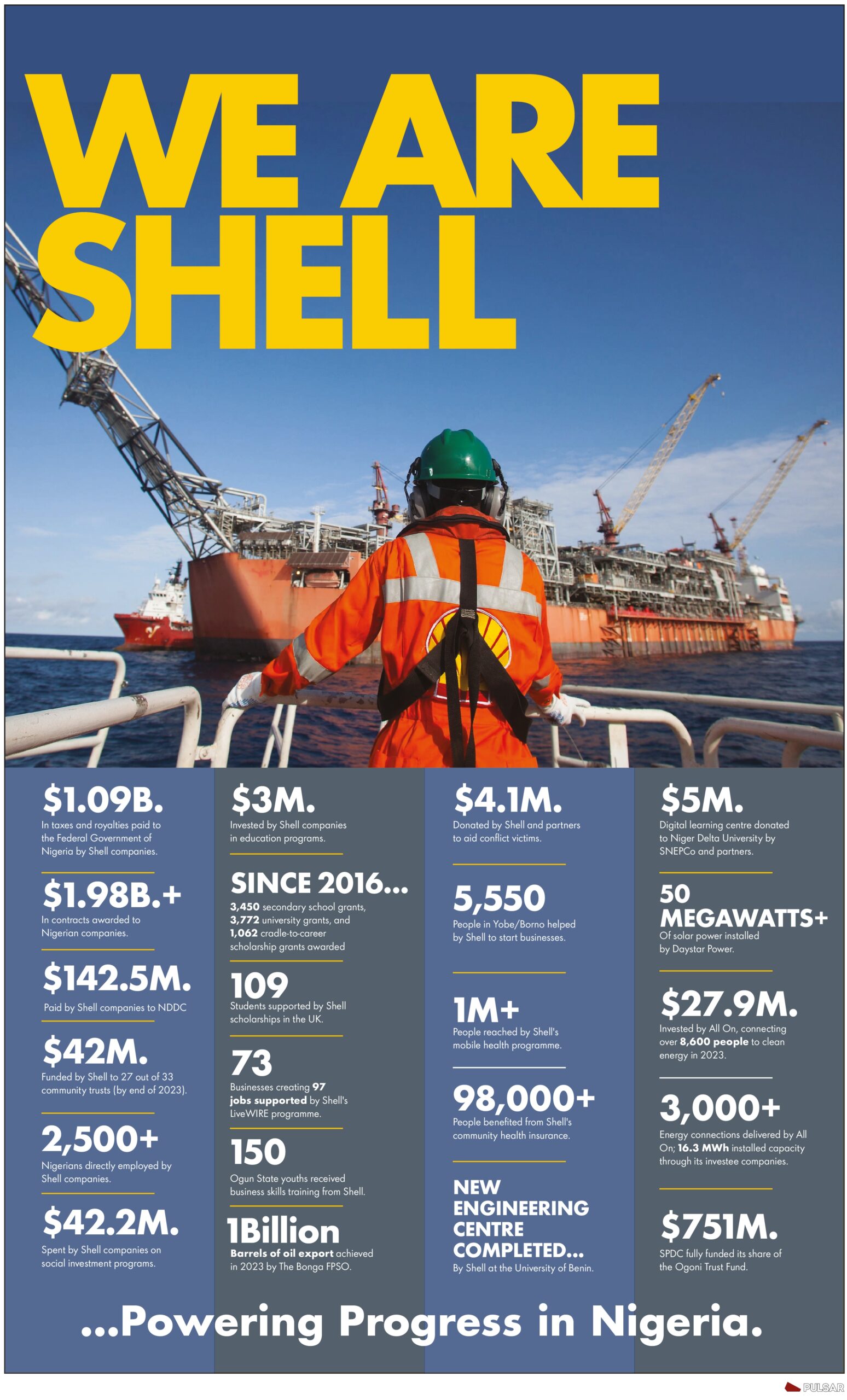Chevron Corporation on Monday launched production at its $5.7-billion Anchor project in the Gulf of Mexico, making history with the first-ever successful application of new high-pressure technology for ultra-deep reservoirs.
The technological breakthrough represents the first time the industry has seen successful production in the U.S. Gulf of Mexico, where drillers encounter significant subsea pressure that has until now evaded new technology, according to Chevron.
“This industry-first deepwater technology allows us to unlock previously difficult-to-access resources and will enable similar deepwater high-pressure developments for the industry,” Chevron Executive Vice President Nigel Hearne said in a statement carried by Reuters.
The new high-pressure technology is capable of operating at 20,000 psi and can reach 34,000 feet below sea level.
Chevron’s Anchor FPU (semi-submersible floating production unit), which is offshore Louisiana, has a capacity of 75,000 barrels of oil per day and 28 million cubic feet of natural gas per day. Anchor has seven subsea wells, all connected to the FPU and could produce up to 440 million boe. By 2026, Chevron projects that Anchor will be producing 300,000 boepd, and is expected to produce for three decades.
According to Chevron, the Anchor project has all-electric operations, including turning waste into heat, to minimize carbon emissions.
Chevron is the operator of the project with a 62.86% interest, while TotalEnergies E&P USA holds the remaining interest.
In related news last week, Chevron announced an executive reshuffling and plans to move its headquarters from California to Houston, Texas, in a bid to cut costs after a number of recent setbacks.
Also last week, Chevron booked second-quarter earnings below analyst expectations, weighed down by lower refining margins and weak natural gas prices, as it announced the relocation of the company’s headquarters from San Ramon, California, to Houston, Texas.
By Josh Owens for Oilprice.com

